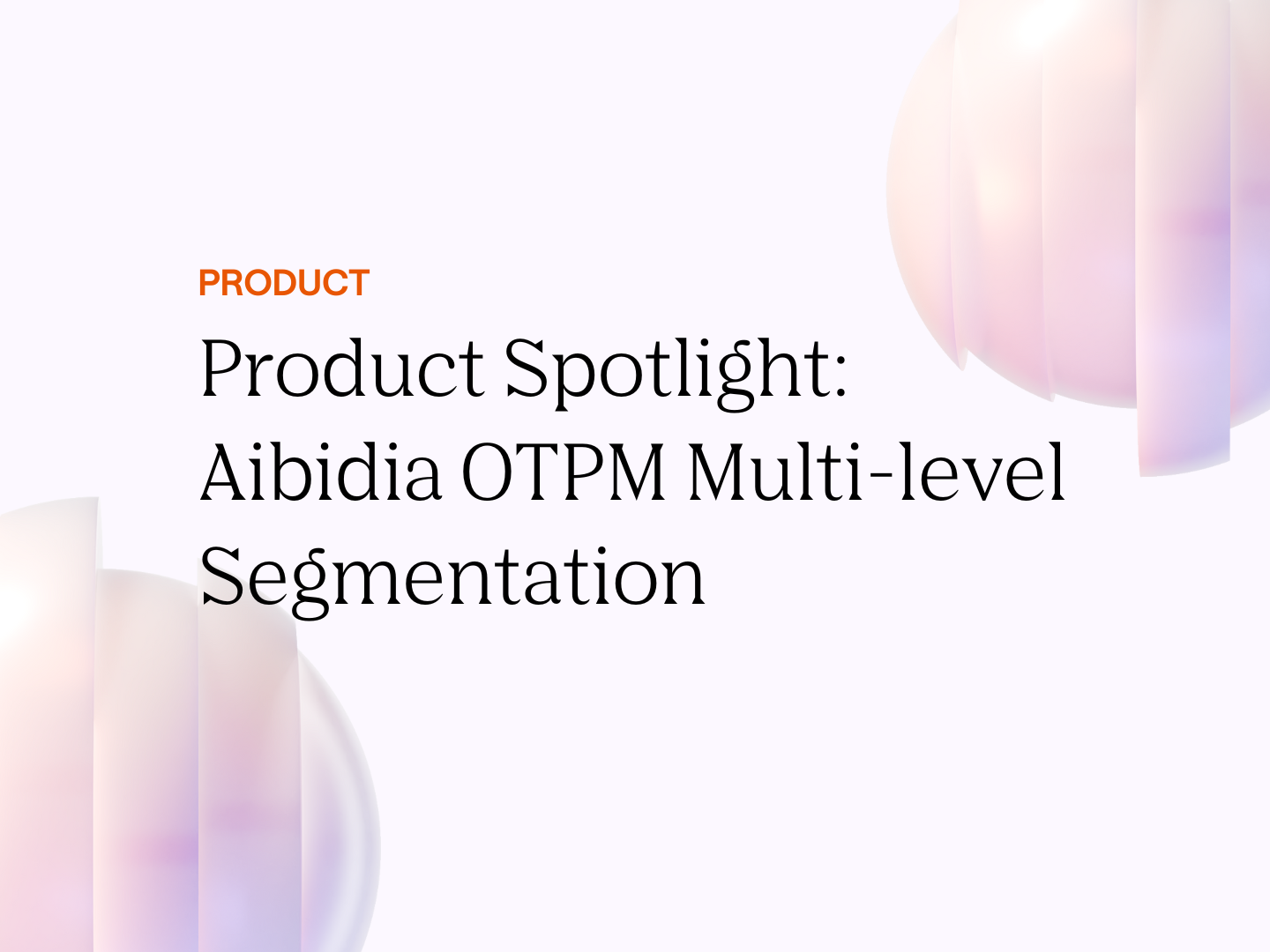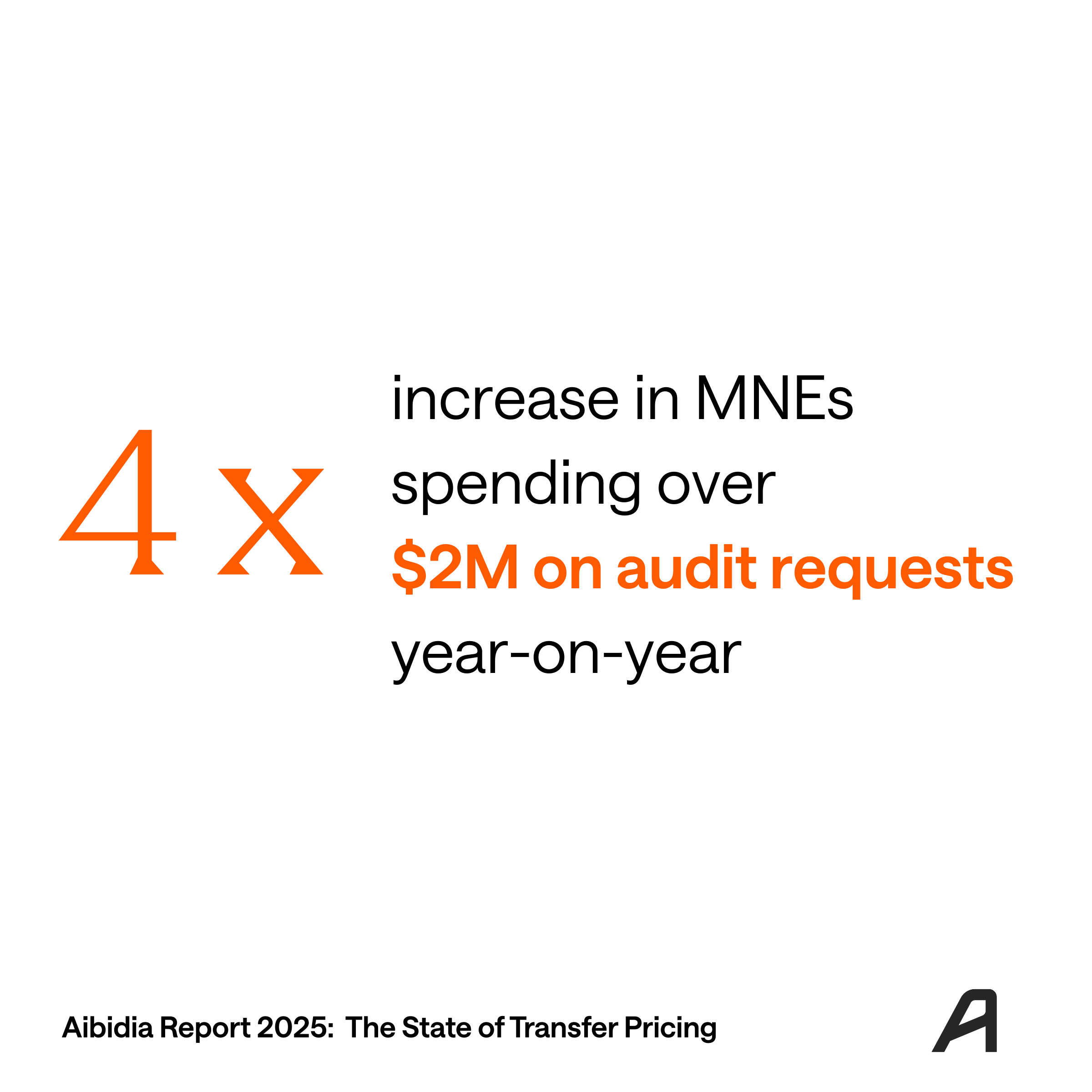Vertically integrated MNEs often segregate their functions and business operations into several functional elements in combination, forming an end-to-end supply and value chain. Typical entities in the multinational enterprise (MNE) structure are manufacturers, distributors, and service providers (or a combination of the three). Distribution is an essential part of almost every consumer-facing and b2b MNE, and we often see distributor models being used in FMCG, electronics, automotive, and many other industries.
Limited risk distributor is, perhaps, one of the most popular models in the transfer pricing world. In this guide, we will explain how limited risk distributors (usually referred to as LRDs) operate, discuss their key features, list standard functions, assets and risks to consider and present several transfer pricing methodologies for LRDs.
What are Limited Risk Distributors?
A Limited-Risk Distributor (LRD) is an entity that buys goods and markets them to customers. The arrangement between the distributor and principal significantly limits LRD risks. Risks relating to inventory and debtors will be effectively controlled and covered by the principal. For example, the principal will buy back the obsolete stock, reimburse bad debts, etc. The market risk will also be limited for the LRD. Such a distributor typically does not develop or contribute to significant marketing intangibles. The material difference between an agent and the LRD is that the LRD takes the product's title, which leads to more significant functions and risks. However, these functions and risks are still limited. The LRD would usually earn limited profit measured as a return on sales (margin).
Example
Imagine Star Group, the global MNE that manufactures and sells smartphones.

Star Germany is a principal manufacturing entity in the Star Group’s structure. Star Germany designs smartphones, purchases components, assembles, and sells them to Star Polska. Star Germany has manufacturing know-how and owns relevant technologies and trademarks.
Star Polska’s role is to resell smartphones in the local market. Star Polska holds a limited inventory of smartphones, hires sales personnel, and has an ongoing relationship with local wholesale and retail consumer electronics businesses.
The arrangement between Star Germany and Star Polska assumes that Star Germany will reimburse Star Polska’s marketing expenses and will cover the bad debt if it arises. Star Polska is guaranteed to earn a 3% fixed resale margin.
Key Features of LRDs
LRDs are routine entities that:
- Don’t own or develop significant marketing intangibles like trademarks or brands. Non-routine intangibles are usually associated with higher, fluctuating returns, which is not what LRDs are created for.
- Buy and sell goods, i.e., take the title of the products. This differentiates LRDs from commission agents, which do not take the title and only earn a commission fee.
- Don’t hold significant inventory for a long time (or have no inventory at all). By this, LRDs ensure that they are effectively protected from inventory risks and market fluctuations. In some industries, LRDs take flash titles only.
- Don’t take on bad debt and product guarantee risks, i.e., if the customer doesn’t pay, is dissatisfied with a product, or requires guarantee support, the principal will have to compensate LRD for it.
- Don’t make strategic decisions and don’t determine marketing strategy. In the LRD model, this is usually a role of a principal or a headquarters company.
- Earn a stable, limited profit, usually measured as a return on sales (also called a “resale margin”). We will discuss LRDs pricing structures further below.
Typical functions, assets, and risks (functional analysis)
There is no standard, universal LRD model, and each case is unique. However, there are some common functions, assets, and risks that MNEs should analyze and document while doing functional analysis for LRDs.
Functions
The functions typically performed by LRDs in respect of the intra-group purchases from principal and sales to customers may include:
- Undertaking sales activities, including employment and training of sales personnel
- Managing local customer relationships and bases, including taking claims at the first stage
- Distributing promotional material
- Checking customer credit ratings
- Taking customer orders, tracking the orders, and responding to customer inquiries
- Working capital management
- Debt collection
- Invoicing customers
- Storage (limited)
- Delivery to customers
- General administration
Risks
LRDs bear relatively minimal risk in respect of the intra-group purchases from principal and sales to customers. The typical risks borne by the LRDs may include:
- Pricing risk – i.e., to the extent that the time lag between setting the transfer price and realizing the margin (i.e., when the actual sales to third parties take place) is not fully adjusted to compensate the LRDs for the adverse movement in the market during the same period. This risk is usually limited because the principal should compensate LRDs for any substantial negative results.
- Market and volume fluctuation risk – i.e., to the extent that the budgeted volume figure used to set the transfer price differs from the actual volume and is not fully adjusted to compensate the LRDs during the same period. Similarly to pricing risk, the principal should limit this risk for LRDs.
- Limited working capital risk – e.g., limited bad debts risks, i.e., to the extent that the return on marketing operations does not fully compensate the LRD for the risks in the period concerned. Usually, the principal is expected to compensate for this risk.
Foreign exchange risk - in case LRD’s operating currency is different from the currency of the transaction with the principal. - The risk that LRD’s operating costs exceed the agreed supported costs by levels unacceptable to the principal.
Assets
The typical assets held by LRDs may include:
- Limited storage facilities
- Limited inventory
- Qualified personnel
- Customer relationships and lists
- Office space, office equipment, vehicles, and office supplies
Transfer Pricing Methods
In practice, the most often used transfer pricing method for LRDs is a transactional net margin method (TNMM), using operating margin as a profit level indicator (PLI). However, it’s always worth checking the following information before selecting TNMM:
- Does the transaction relate to commodities or standardized freely traded goods? If yes, it can be the case that the comparable uncontrolled price method can be potentially used, and tax authorities may expect this (as it is a preferred method in some countries).
- Are there internal comparable transactions? For example, does the manufacturer or principal sell similar goods to unrelated distributors? Or does the distributor buy goods from unrelated parties? If the answer to one of these questions is “yes”, it may be necessary to check such internal comparable transactions and consider the application of comparable uncontrolled price, resale price, or cost plus methods.
It is often the case that transactions with distributors involve unique and valuable intangibles (discussed above) - in this case, the application of TNMM can lead to wrong results. Also, it’s worth considering other PLIs, even when the operating margin seems to be the best one. For example, that is what New Zealand’s Inland Revenue suggests: (include) a cross-check using at least a second profit level indicator (for example, if an EBIT : sales yardstick has been applied, then a Berry ratio cross-check should be carried out for a distributor or a return on assets calculated for a manufacturer) - if one methodology produces a result that is significantly different to another it is not sufficient to simply assert that one method is preferable without exploring why those results are different.
Benchmarking Studies
Comparability analysis (aka benchmarking studies) is a big topic when testing LRDs, and we do not intend to cover it in full here, but here are the key facts:
- Most often, companies conduct benchmarking studies using company data, i.e. data of comparable distributors operating in similar circumstances
- Important choices are whether to use public or private data, search for local, regional, or global comparables, three-year averages or single-year data, etc.
- Properly documenting benchmarking process and results is crucial - many countries even require specific formats of benchmarking data (i.e., Poland)
We hope this guide help with your transfer pricing arrangements, and please reach out to us for a short demo to see how Aibidia’s solution can help document LRD models!







.png)

.png)

.png)
.png)






.svg)
